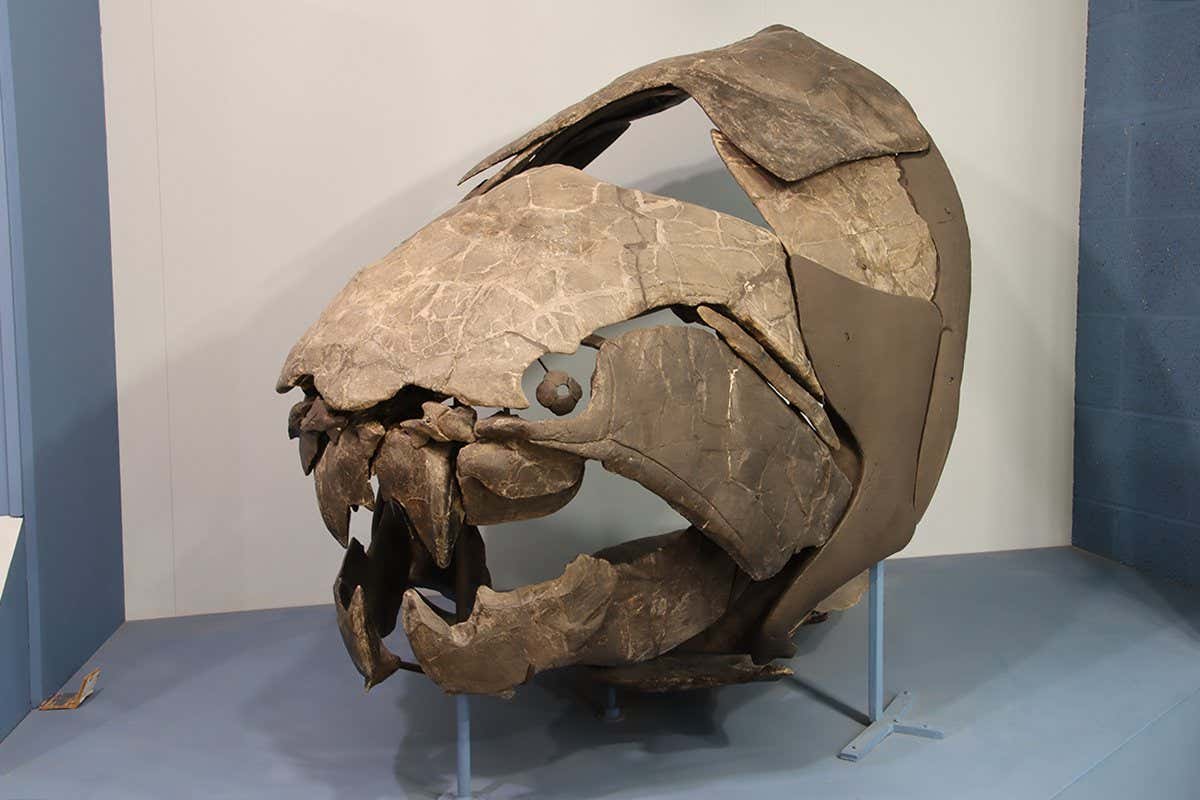Rethinking Ancient Fish Size: New Research Challenges Long-Held Assumptions
A groundbreaking study has overturned long-held assumptions about the size of ancient fish, revealing significantly larger specimens than previously imagined. This discovery is reshaping our understanding of prehistoric marine ecosystems and the evolutionary pressures that shaped these colossal creatures.
The study, published in Nature Communications, challenges the established narrative of ancient fish size, primarily based on limited fossil evidence. For decades, paleontologists have relied on incomplete skeletal remains to estimate the size of extinct fish species. This has often led to underestimations, leaving a significant gap in our knowledge of these prehistoric giants.
Challenging the Conventional Wisdom
The researchers employed a novel approach, combining advanced 3D modeling techniques with statistical analysis of existing fossil data. Instead of relying solely on incomplete skeletons, they used scaling relationships between known body parts and overall body size in extant fish species. This allowed them to extrapolate the probable size of ancient fish based on partial remains, leading to astonishing results.
- Significant Size Increases: The study found that many ancient fish species were considerably larger than previously estimated, in some cases, doubling or even tripling previous size estimates.
- Revised Evolutionary Narratives: This new data necessitates a reevaluation of the evolutionary pressures shaping these creatures. Larger size implies different ecological roles, potential prey, and predator-prey dynamics within ancient marine ecosystems.
- Impact on Ecosystem Understanding: The revised understanding of ancient fish size significantly impacts our understanding of the entire prehistoric marine food web. Larger apex predators would have altered the balance of power and shaped the evolutionary trajectory of other marine life.
The Methodology: A Blend of Old and New
The researchers utilized a multi-faceted approach, combining traditional paleontological techniques with cutting-edge technology. This included:
- Detailed Fossil Analysis: Careful examination of existing fossil collections, focusing on identifying measurable characteristics.
- 3D Modeling and Reconstruction: Using advanced software to create three-dimensional models of partial skeletons, filling in gaps based on comparative anatomy.
- Statistical Modeling: Employing sophisticated statistical methods to extrapolate overall body size from partial remains, minimizing potential errors.
Implications for Future Research
This study represents a significant leap forward in our understanding of ancient fish. It highlights the potential of integrating new technologies with traditional paleontological methods. Future research will likely focus on:
- Expanding the Dataset: Analyzing more fossil specimens and incorporating data from previously unexplored regions.
- Refining the Models: Further developing the statistical models to improve accuracy and reduce uncertainty.
- Exploring Evolutionary Drivers: Investigating the environmental and ecological factors that led to the evolution of such gigantism in ancient fish.
This groundbreaking research is not merely a reassessment of ancient fish size; it's a testament to the power of innovative methodologies in unraveling the mysteries of the past. It compels us to rethink our understanding of prehistoric marine environments and the evolutionary history of fish. The implications extend far beyond the realm of paleontology, offering a fresh perspective on the dynamics of ancient ecosystems and the remarkable biodiversity of our planet's history.
Call to Action: Learn more about this exciting discovery by reading the full research paper in Nature Communications (link to be inserted here once available). Stay tuned for future updates as more research sheds light on the colossal creatures of the ancient seas!

